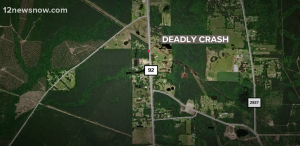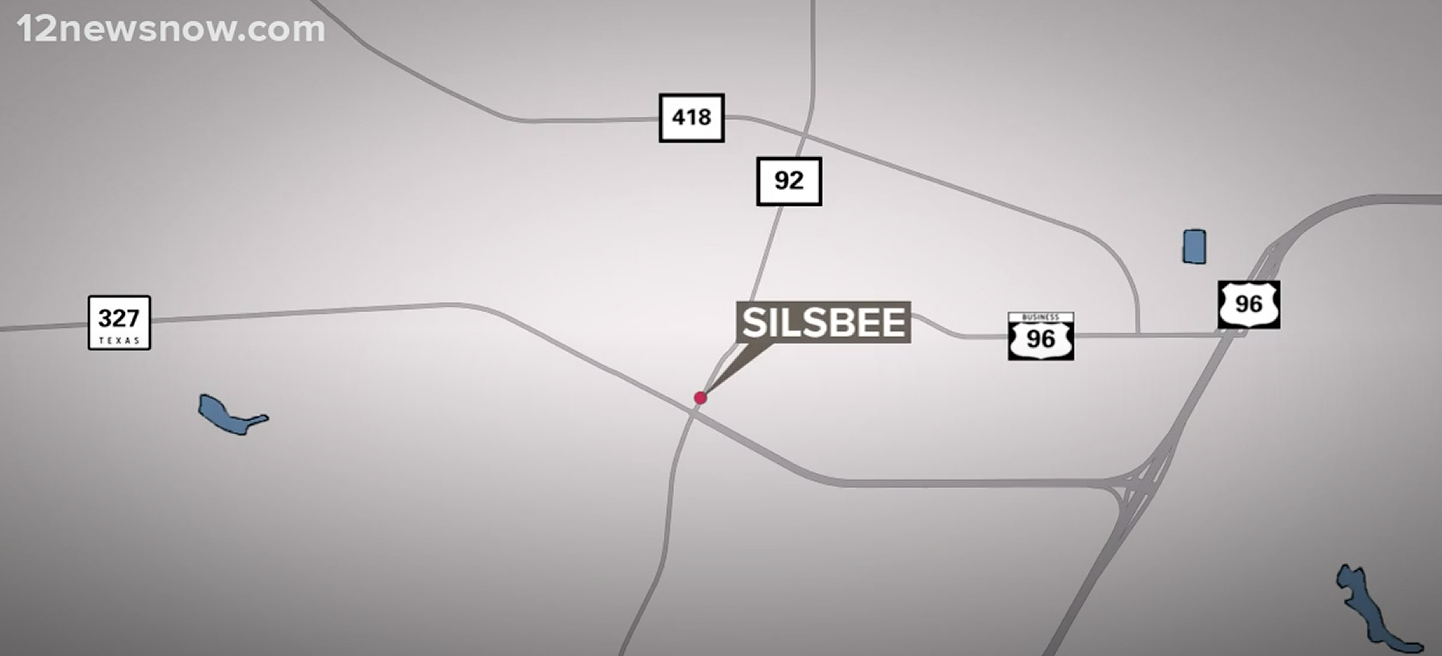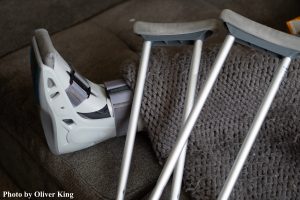 When a Texas chain-reaction car accident occurs, it can often have devastating consequences. On top of potentially being more likely to cause injuries or death, these collisions are often more complex because of all of the parties involved. Establishing an accurate timeline that maps out exactly how the crash happened and who should be assigned which portion of fault can be a significantly challenging issue on its own. However, if a fatality follows an already complex series of crashes, the situation becomes even more complicated to navigate.
When a Texas chain-reaction car accident occurs, it can often have devastating consequences. On top of potentially being more likely to cause injuries or death, these collisions are often more complex because of all of the parties involved. Establishing an accurate timeline that maps out exactly how the crash happened and who should be assigned which portion of fault can be a significantly challenging issue on its own. However, if a fatality follows an already complex series of crashes, the situation becomes even more complicated to navigate.
According to a recent local news report, a series of car crashes involving four vehicles left a teenage boy dead. The incident started when a Mercedes broke down on the side of the road when it ran into mechanical issues. Both occupants exited the Mercedes, and moments later, a Dodge pickup saw the Mercedes and stopped behind it. A Nissan traveling on the same road with a 17-year-old passenger slammed into the back of the Dodge pickup and hit another car on the road. The series of crashes concluded when the Nissan crashed into the rear of the Mercedes, which pushed it across the median and into the feeder road. The 17-year-old teenager who was riding in the Nissan did not survive the crash. Firefighters worked for nearly 45 minutes to free the driver of the Nissan, who barely escaped fatal injuries and was transported to a local hospital. According to law enforcement, there was no reason to believe that drugs or alcohol played a role in the crash, and the accident was likely caused by speeding.
In Texas, if a fatality occurs following a crash, it could potentially give rise to a wrongful death claim. Potential plaintiffs must understand the mechanics of bringing these claims. First, the party bringing the claim must prove that the deceased was not responsible for causing their own death and that it resulted from the negligence of another party.
 Texas Injury Lawyers Blog
Texas Injury Lawyers Blog








 Recently, a Texas district court issued an
Recently, a Texas district court issued an  In a typical car accident involving just two vehicles, it can be challenging to determine who was actually at fault. However, in collisions with several vehicles, resulting in multiple accidents, it can be even messier to determine how the accident started, who hit who, and what actually happened. In these Texas chain-reaction car accidents, it is crucial that accident victims have an experienced attorney in their corner to help them pursue the compensation they deserve.
In a typical car accident involving just two vehicles, it can be challenging to determine who was actually at fault. However, in collisions with several vehicles, resulting in multiple accidents, it can be even messier to determine how the accident started, who hit who, and what actually happened. In these Texas chain-reaction car accidents, it is crucial that accident victims have an experienced attorney in their corner to help them pursue the compensation they deserve. We’ve all been there—after a long day at work, or on the way to work, you find yourself fighting to keep your eyes open to focus on driving. In Texas, where most people own a car and driving is a regular part of getting around and commuting, Texas drivers are especially susceptible to these accidents because of how much time is spent on the road. Whether it was stress from the day or a restless night of sleep the night before, drowsy driving is dangerous and can often lead to fatal consequences. Unfortunately, Texas drowsy driving accidents are more common than you may expect.
We’ve all been there—after a long day at work, or on the way to work, you find yourself fighting to keep your eyes open to focus on driving. In Texas, where most people own a car and driving is a regular part of getting around and commuting, Texas drivers are especially susceptible to these accidents because of how much time is spent on the road. Whether it was stress from the day or a restless night of sleep the night before, drowsy driving is dangerous and can often lead to fatal consequences. Unfortunately, Texas drowsy driving accidents are more common than you may expect. Whether you’re sending your children to college for the first time as a parent or you’ve had an empty nest for a while, the start of an undergraduate career is often every bit as exciting as it is nerve-wracking. On the one hand, you’re proud of your kids for making it this far, but also nervous about what it’ll mean for them being on their own for the first time. However, no one ever expects to get bad news and hear that their children were involved in a major accident while away from home. When these incidents occur, those responsible can be held accountable through a Texas wrongful death or personal injury lawsuit.
Whether you’re sending your children to college for the first time as a parent or you’ve had an empty nest for a while, the start of an undergraduate career is often every bit as exciting as it is nerve-wracking. On the one hand, you’re proud of your kids for making it this far, but also nervous about what it’ll mean for them being on their own for the first time. However, no one ever expects to get bad news and hear that their children were involved in a major accident while away from home. When these incidents occur, those responsible can be held accountable through a Texas wrongful death or personal injury lawsuit.
 With thousands of miles of beautiful natural sights surrounding Texas’s open roads, it’s no surprise that motorcycles are so popular in the state. Motorcycles, however, can often pose a number of unique risks on the road. Drivers of passenger vehicles can often have trouble seeing motorcycles because of their smaller size, or they can easily get caught in a vehicle’s blind spot. Thus, before anyone decides to purchase a motorcycle, they must understand the risks involved. In many Texas motorcycle accidents, the cause of the collision is entirely beyond the motorcyclist’s control.
With thousands of miles of beautiful natural sights surrounding Texas’s open roads, it’s no surprise that motorcycles are so popular in the state. Motorcycles, however, can often pose a number of unique risks on the road. Drivers of passenger vehicles can often have trouble seeing motorcycles because of their smaller size, or they can easily get caught in a vehicle’s blind spot. Thus, before anyone decides to purchase a motorcycle, they must understand the risks involved. In many Texas motorcycle accidents, the cause of the collision is entirely beyond the motorcyclist’s control. Many Texans spend the majority of their time at work. As a result, San Antonio
Many Texans spend the majority of their time at work. As a result, San Antonio  Because of social distancing requirements in the wake of COVID-19, people in Texas are taking advantage of shopping from the comfort and safety of their own homes. In addition, the ease and availability of all kinds of products through online retailers has made it possible to purchase everything from your family’s weekly grocery haul to the newest gadget. But when that package arrives on your doorstep, is the item you have received safe? Outside of the convenience factor of the shopping experience, can we trust online retailers and their products? If you are a Texan who has purchased a faulty product from an online retailer that has become a hazard or dangerous, you may be eligible to receive compensation through a product liability claim.
Because of social distancing requirements in the wake of COVID-19, people in Texas are taking advantage of shopping from the comfort and safety of their own homes. In addition, the ease and availability of all kinds of products through online retailers has made it possible to purchase everything from your family’s weekly grocery haul to the newest gadget. But when that package arrives on your doorstep, is the item you have received safe? Outside of the convenience factor of the shopping experience, can we trust online retailers and their products? If you are a Texan who has purchased a faulty product from an online retailer that has become a hazard or dangerous, you may be eligible to receive compensation through a product liability claim.